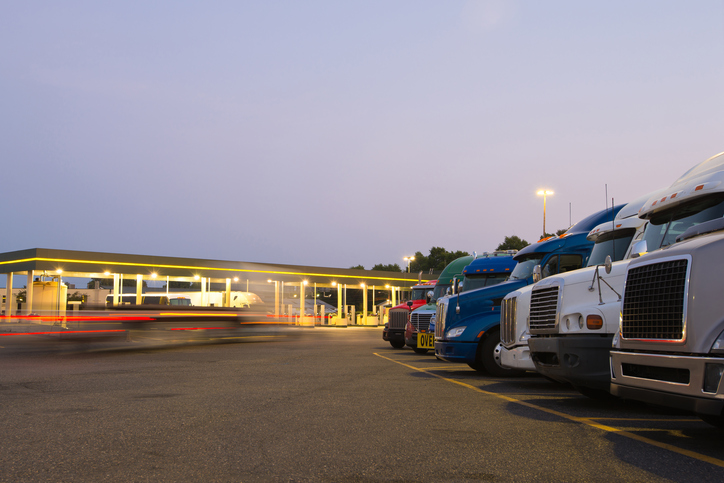The Fuel Cell-Powered Semi Toyota Hopes Will Impress Pros with Dispatcher Training

While the excitement surrounding battery-powered electric cars continues on, some companies remain steadfast in trying to get a hydrogen fuel-cell infrastructure and market established. To that end, Toyota recently unveiled a prototype for a semi truck powered by hydrogen fuel cells. Though not a total replacement for the diesel-powered machines we rely on today, they could offer a useful alternative in some contexts, allowing for at least a partial clean-up of the industry.
Curious about what this truck is like, and whether it has a shot at revolutionizing the dispatching industry? Here’s what you need to know.
The Fuel Cell Truck is Meant for Short-Range Trips
When most people think of trucks, they likely think of rigs that travel huge distances, carrying goods across countries and continents. Toyota’s new fuel cell semi can only get 200 miles on a tank, which means it would require many more stops to make a long trip, and would therefore be much less efficient than a diesel truck.
Instead, the proposed usage for these trucks is for shorter trips. This could make them an effective option, for example, for local deliveries, or for connecting important shipping ports with inland distribution hubs. Though this would not eliminate all of the pollution generated by the trucking industry, investing in these vehicles could be a good opportunity to for professionals with dispatcher training to improve the sustainability of their fleet.

After Dispatcher Training, You Might See Trucks Overcome a Key Fuel Cell Obstacle
Fuel cell vehicles have a major limitation that prevents their adoption by the mainstream: there’s nowhere to fuel up. Fuel cell refilling stations exist in only a few scattered places, making it impossible for the average driver to go about their lives with a fuel cell car.
The introduction of Toyota’s fuel cell truck is also the introduction of the potential to overcome this issue. As trucks tend to congregate at centralized fuelling stations, it would be easier to build out a network of hydrogen fuel stations for trucks—just ensure that the stations are at key locations along common routes. This could provide a good starting point for building out a wider network for general-purpose driving.
Creating even a limited network of hydrogen fuelling stations will require a sizeable investment, so it’s far from a sure thing, but professionals heading into careers in the auto industry can count this as a point in favour of it someday happening.
Toyota’s Truck Has Important Functional Advantages over Diesel Trucks
Trucks tow heavy loads, and so it can take them a while to get going from a stop. This is because they don’t generate much torque at a standstill, and it takes a few seconds for that to increase to the point that the vehicle can move. The electric system used by fuel cell vehicles like Toyota’s truck, on the other hand, can generate maximum torque right away. This allows them to get their cargo moving more quickly any time they slow or stop.
Over the course of a truck’s route, this could add up to a fairly significant savings of time. In an industry where short delivery times are essential to success, this is a huge advantage. If other issues relating to fuel cell vehicle viability are ironed out, this could prove to be the factor that leads some businesses to take the plunge and invest in Toyota’s truck.
Do you want to learn more about the changing world of trucking and dispatching?
Contact Automotive Training Centres and sign up for dispatch school in Cambridge!

